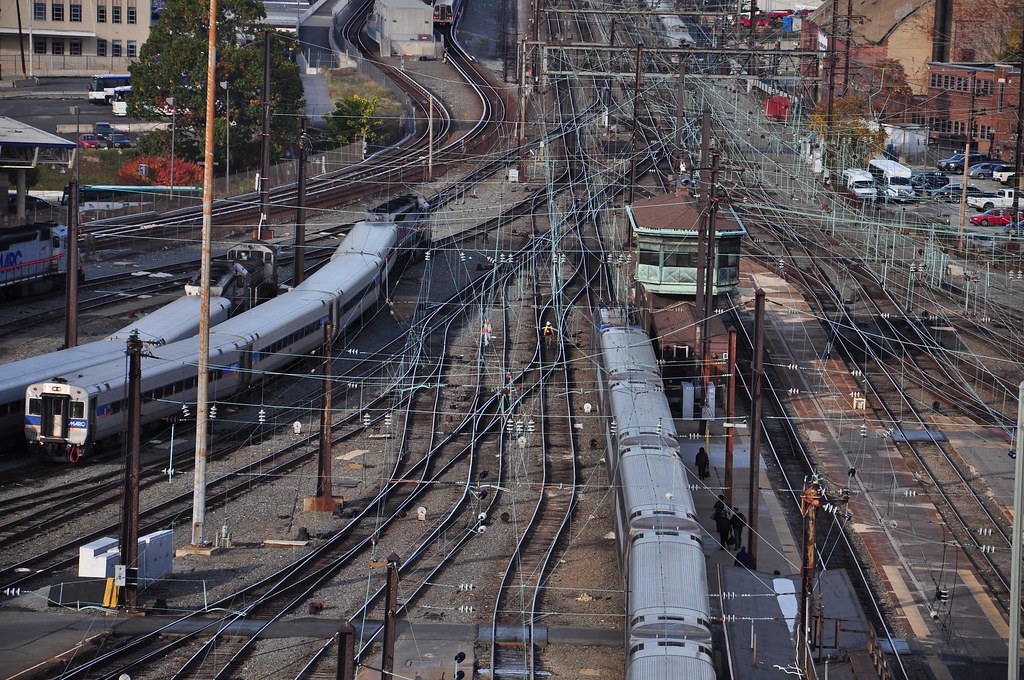As I was riding SEPTA on the NEC the other day, I got to thinking about the switching of tracks. I know how the tracks work (switches), but am curious how the overhead wires "switch" (brain freeze re the name of the contraption that the train uses to get the electricity).
Can anyone give a layman's explanation?
Thanks.
Can anyone give a layman's explanation?
Thanks.




























































